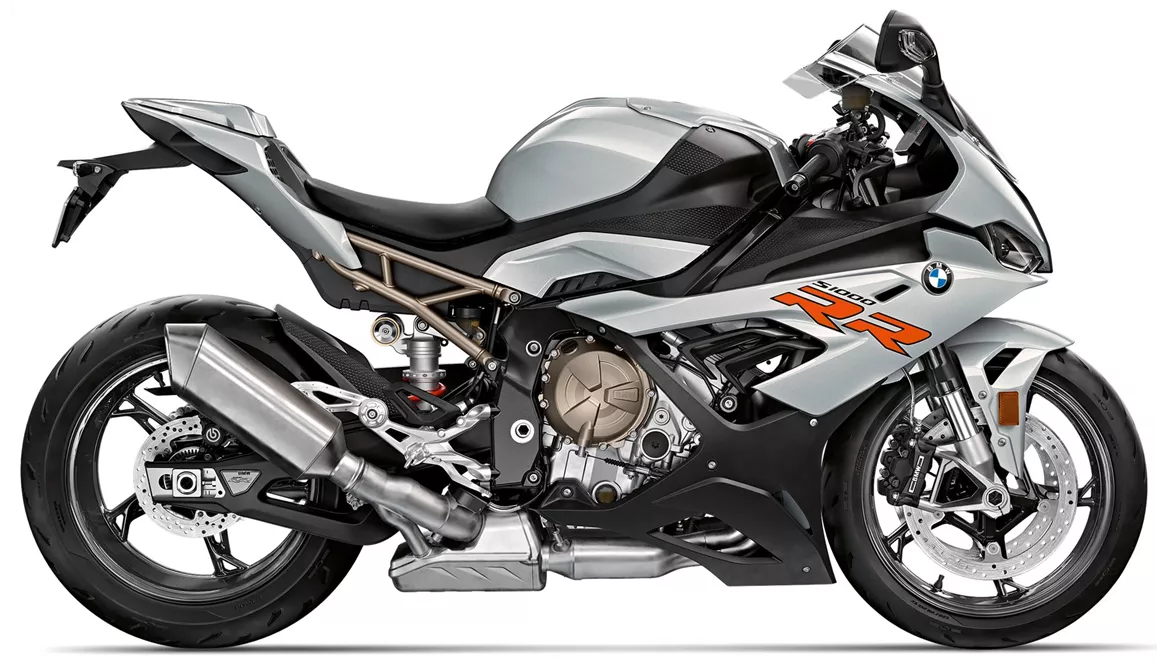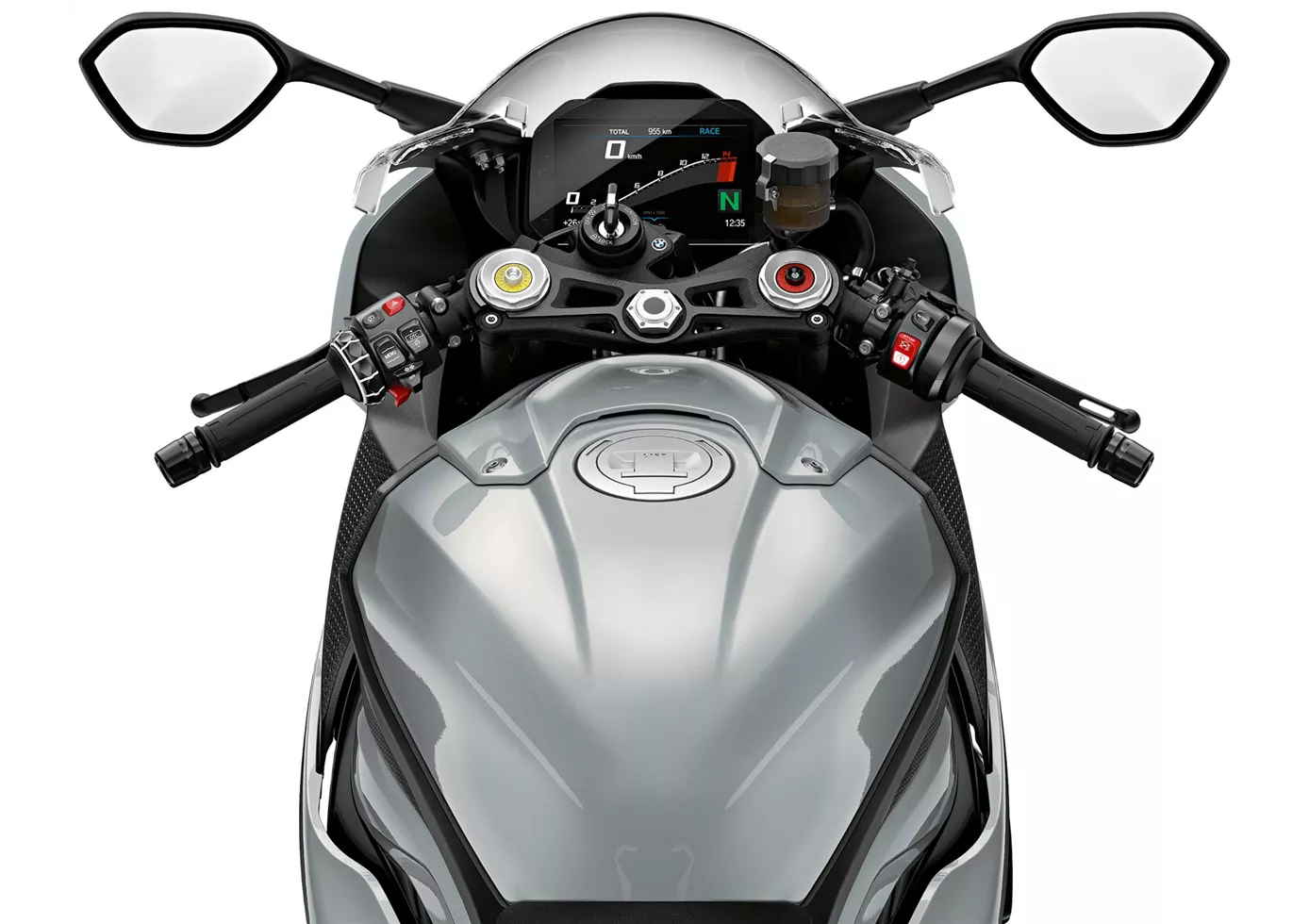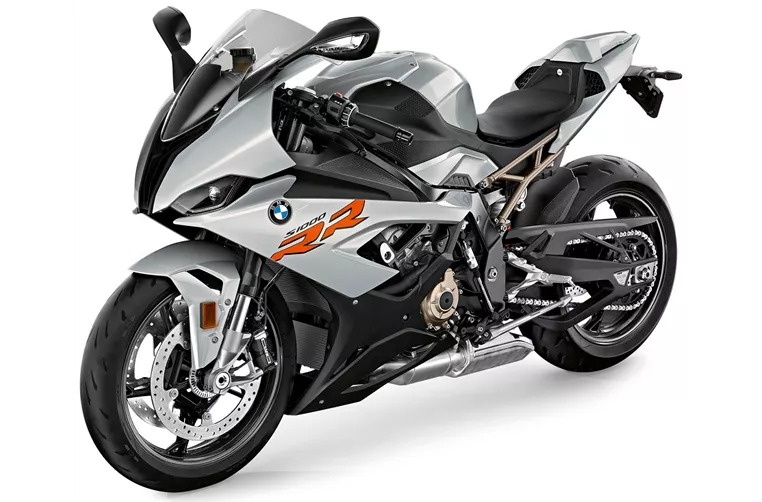BMW S 1000 RR 2020 vs. Yamaha R1 2015

BMW S 1000 RR 2020

Yamaha R1 2015
Přehled - BMW S 1000 RR 2020 vs Yamaha R1 2015
The BMW S 1000 RR 2020 and the Yamaha R1 2015 are both high-performance supersport motorcycles that offer impressive specifications and features. While the BMW S 1000 RR 2020 has a more recent model year, it is important to consider the strengths and weaknesses of each bike.
Starting with the BMW S 1000 RR 2020, it boasts a powerful engine with a bore of 80 mm and a stroke of 49.7 mm. This results in an engine power of 207 HP and a torque of 113 Nm. The compression ratio is 13.3, and it has four cylinders with four valves per cylinder. The engine is equipped with DOHC technology and has a displacement of 999 ccm. The bike also features an advanced rider assistance system, including ABS, riding modes, launch control, ride by wire, quickshifter, and traction control.
The Yamaha R1 2015, on the other hand, has a slightly smaller bore of 79 mm and a stroke of 50.9 mm. It offers an engine power of 200 HP and a torque of 112.4 Nm. The compression ratio is 13, and it also has four cylinders with four valves per cylinder. The engine is equipped with DOHC technology and has a displacement of 998 ccm. The bike features launch control and traction control as part of its rider assistance system.
In terms of suspension, both bikes have upside-down telescopic forks at the front. The BMW S 1000 RR 2020 has an aluminum frame with a twin tube, load-bearing engine design, while the Yamaha R1 2015 has an aluminum frame with a Deltabox design. Both bikes have double disk brakes at the front.

BMW S 1000 RR 2020
When it comes to dimensions and weights, the BMW S 1000 RR 2020 has a front tire width of 120 mm and a rear tire width of 190 mm. The front and rear tire diameters are both 17 inches. It has a wheelbase of 1441 mm and a seat height of 824 mm. The kerb weight, including ABS, is 197 kg, and the fuel tank capacity is 16.5 liters.
The Yamaha R1 2015 has similar dimensions and weights, with a front tire width of 120 mm and a rear tire width of 190 mm. The front and rear tire diameters are also 17 inches. It has a slightly shorter wheelbase of 1405 mm and a higher seat height of 855 mm. The kerb weight, including ABS, is 199 kg, and the fuel tank capacity is 17 liters.
In terms of strengths, the BMW S 1000 RR 2020 offers a very linear power delivery, making it highly controllable. It has a wide rev range and pleasant control, with plenty of pressure in the lower rev range thanks to ShiftCam technology. The bike also has excellent DDC (Dynamic Damping Control) for precision and top performance. Additionally, it has a comprehensive electronics package and provides a harmonious overall package on both the road and the racetrack.

Yamaha R1 2015
On the other hand, the Yamaha R1 2015 is praised for its crazy sound and rev-happy engine with a strong peak. It offers a great racing feeling in the saddle and has a superior electronics package. The bike also boasts high-quality workmanship.
However, the BMW S 1000 RR 2020 does have some weaknesses. In some aspects, the bike may seem a bit "characterless" compared to competitors like Aprilia and Honda. Additionally, it may lag behind on the spec sheet when compared directly to other bikes.
Similarly, the Yamaha R1 2015 has its weaknesses. It experiences torque sag in the middle, which may affect the overall performance. Additionally, it may have stability issues in the braking zone.
In conclusion, both the BMW S 1000 RR 2020 and the Yamaha R1 2015 offer impressive features and performance. The BMW S 1000 RR 2020 excels in terms of power delivery, electronics package, and overall control, while the Yamaha R1 2015 stands out with its sound, racing feeling, and high-quality craftsmanship. However, it is essential to consider the weaknesses of each bike, such as the BMW's potential lack of character and the Yamaha's torque sag and braking stability issues.
Technické údaje BMW S 1000 RR 2020 ve srovnání s Yamaha R1 2015
Výhody a nevýhody ve srovnání
Výhody a nevýhody ve srovnání
BMW S 1000 RR 2020

Skutečný "univerzální" superbike. BMW umí využít své přednosti jak na závodním okruhu, tak na venkovské silnici. Díky variabilní regulaci vačkového hřídele je výkonný motor přesvědčivý už ve spodní části a harmonicky zrychluje v celém rozsahu otáček s dostatkem výkonu v každém pásmu. Pro hobby pilota podvozek jistě funguje výborně v každé situaci, poskytuje transparentní zpětnou vazbu a nabízí mnoho možností nastavení. Poloha sedadla je sportovní a přitom relativně pohodlná. Elektronika pracuje velmi harmonicky, aniž by se nad jezdcem povyšovala - TOP!
Yamaha R1 2015

Nová R1 je velkým hitem a s předchozím modelem se již nedá srovnávat. Ten byl považován za dobrou venkovskou silniční motorku a pro výlety na závodní okruh bylo nutné vynaložit velké investice. Nyní je tomu naopak. Nová R1 byla vyvinuta s jasným zaměřením na závodní trať. Balíček elektroniky se zdá být vynikající, milovníci technologií si přijdou na své. Fanoušci Yamahy si ji musí koupit, konečně mají důstojný motocykl. R1 má drobné slabiny při brzdění - zde se stává trochu nestabilní. Pokud si chcete koupit hotový závodní motocykl bez nutnosti pracovat na podvozku, raději sáhněte po R1M. Elektronické odpružení Öhlins funguje perfektně a nemá žádné slabiny. Pro použití čistě na závodní dráze lze druhou slabinu R1 snadno vyžehlit. Díru v točivém momentu uprostřed lze snadno vyžehlit novým mapováním.
Srovnání cen průměrná tržní cena BMW S 1000 RR vs Yamaha R1
There are a few key differences between a BMW S 1000 RR 2020 and a Yamaha R1 2015. There are the same number of bikes of both models available on the 1000PS.de marketplace, specifically 16. It takes less time to sell a BMW S 1000 RR with 68 days compared to 76 days for a Yamaha R1. Since model year 2010 1000PS.de editors have written 135 reviews for the BMW S 1000 RR and 80 reviews for the Yamaha R1 since model year 2005. The first review for the BMW S 1000 RR was published on 4/16/2008 and now has more than 4,000 views. This compares to more than 3,900 views for the first review on Yamaha R1 published on 4/28/2003.


























